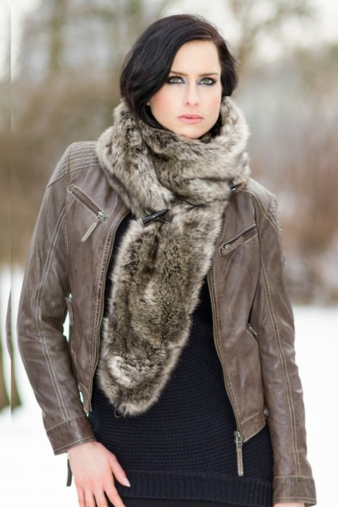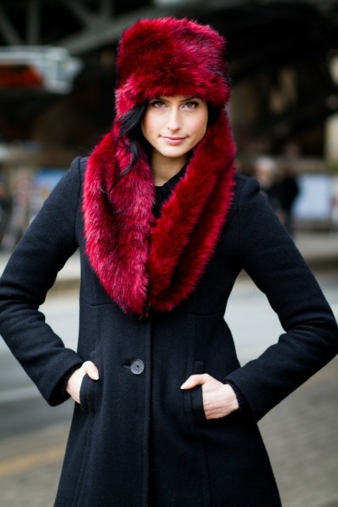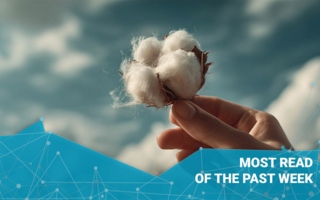19/08/2015 — auf Deutsch lesen
Fake Fur: A genuine alternative
Fur has always been used to make clothing. Fur is warm, cosy and sophisticated and, for many years, it was a symbol of status and power. Fur, however, is also highly controversial. Protest marches by animal protection activists and anti-fur campaigns are becoming more and more frequent, prompting an increasing number of companies to remove fur from their collections. Fortunately, this does not mean we have to go without this cosy, warming material: waistcoats, jackets and accessories from fake fur have emerged as a great alternative.
The modern, high-tech materials not only look like real fur but they also share many of its properties. “Our biggest priority is ensuring that no animals suffer,” says Bärbel Zech, CEO of Düsseldorf-based Unechta, which advertises with the slogan “Fake Furs. Real Convictions”. Today, more than 80 percent of so-called vegan furs are made on circular knitting machines, reports Giovanni Lardara, Managing Director of J. L. de Ball, based in Nettetal, Germany. De Ball specialises, among others, in trading with exclusive fake furs.
Raschel knits form the foundation for particularly high-quality fake furs, whereas these days woven plush is only ever used in technical applications. The circular knitted furs are usually knitted in white. The ground generally consists of cotton or polyester. The pile threads are made from blends of the finest synthetic fibres such as polyamide and polyester, or modacrylic and polyester. In highly complex printing processes – chiefly discharge printing – the fake fur is lent its realistic colouring, i.e., shading that imitates real fur from the root to the ends. Other special finishing techniques, such as pressing, embossing or brushing, help create the patterning of a particular type of fur, e.g. Persian lamb. Different pile lengths, crimping etc and even a natural looking gloss make it difficult to distinguish the fake fur from the real thing.
However, sufficient pile strength is difficult to achieve on a circular knitting machine. This is why the pile threads are often bonded on the back. The adhesive used in this process sometimes results in a stiff ground. And yet, the softer and more supple the material, the more it resembles the properties of genuine fur. To achieve the right degree of softness and cosiness, special finishes are, therefore, required. The hairs on high-quality fake furs do not become matted very easily. Any little “nests” that occur through wearing can generally be shaken or at least brushed out, e.g. with a wire brush.
Producing high-quality fake furs is an extremely complex process and is reflected in the price, which barely differs from the cost of real fur. This explains why genuine furs are sometimes actually sold as fake furs. For example, press reports recently revealed that some hats with purportedly fake fur bobbles were, in fact, made of cat fur. Particularly in the case of fur trimmings, the manufacturer seldom declares what the material is actually made of in spite of their legal obligation to label textiles with “Contains non-textile parts of animal origin” in compliance with the Textile Labelling Regulation. It is, therefore, important to be able to distinguish the fake from the real fur.
[Birgit Jussen]





